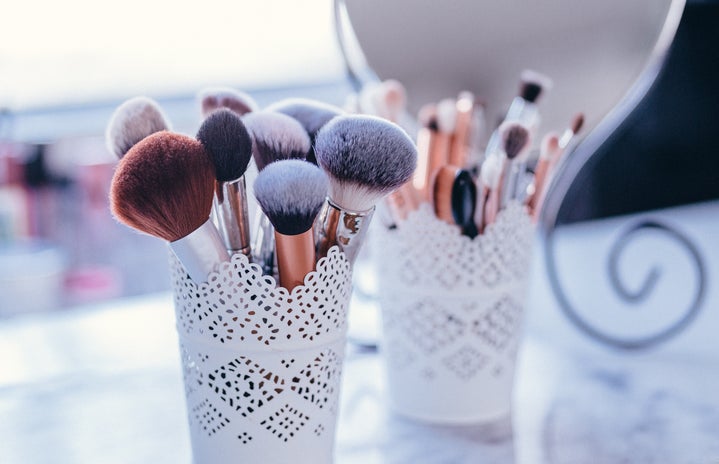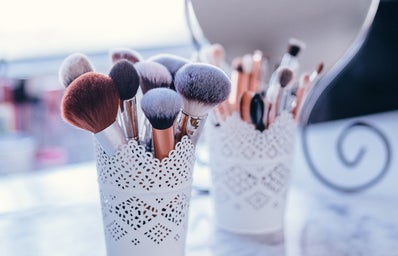The body positivity movement has been explosive recently, with brands like Victoria’s Secret rebooting their “perfect body” ads to feature all body types. But besides reimagining ads, what does body positivity really mean?
Body trends are changing every decade or so, and the standards are impossibly high. One day, the “flat ass movement” is trending. Low rise jeans are super cool. Having a flat stomach means you’re healthy and feeling great. Tomorrow, you need voluptuous hips and a curvaceous figure just to have the “hot bod” of the day.
In the 1910s, corsets ruled the day. Small waists were “it” and a soft, round body completed the look with big curls. The 1920s boomed with the scandalous flappers. Women aimed for the “Daisy look” from The Great Gatsby and cutting your hair couldn’t have been hotter. Flat chests were all the rage and shorties dominated magazine covers. In the 1930s, the words “blonde bombshell” were born. Flat chests still made it to Hollywood and small curves made their way on the red carpet. In the 1940s, shortly after Disney’s very first princess movie, Snow White and the Seven Dwarves, hit theaters in ’37, the waistlines got smaller. Taller women were all the fad, so fashion said goodbye to women under 5 feet and said hello to Katharine Hepburn.
In the 1950s, curves exploded again. The hourglass figure was in and the boxy bodies from the 20s were far behind us. Stores sold padding for hips and butts to “round out” a woman’s figure. Why the change? Barbie had just been born in the 50s (and so was a certain Playboy). Skinny women were even advised to take weight gain supplements and use “Bust Cream” to try and conform to the figure but guess what happened in the 1960s? It changed yet again. What was the trend this time? “The Twig.” The amphetamine use record was broken for weight loss prescriptions. Women were expected to be 5’7 and 90 pounds. Fashion demanded smaller hips and waists. Women stopped wearing girdles and enjoyed looser clothing but what was the catch? They had to maintain that flat stomach themselves. In 1963, Weight Watchers was born.
In the 1970s, the dancing queen look was the new fad. Cigarettes between red lips graced magazine pages to promote weight loss. In the 1980s, “legs for days” became the new look. The sports bra went mainstream. Flat stomachs and muscles made their way into pop culture. Fitness was #1 on trending at this time. Then the 1990s were born and so were Spanx: the modern-day corset. Shrink the 1980s look into a smaller, more petite woman and you’ve got yourself the ideal! The 2000s might look more familiar, at least for me. I was born in 2001, with shows like Zoey 101 and Lizzy McGuire to follow. Low-rise jeans showed toned abs, spray tans and flat butts. Today, on the cusp of the 2010 decade, butts are back and bouncier than ever.
It’s like society can never make up its mind on who’s “beautiful” and who’s not. I hope society knows that women live longer than a decade. It’s not like we can ask a plastic surgeon to continuously update us like software on iPhones. Magazines continuously made up a lot of the beauty standards mentioned above. And men are still dominating industries that are specifically aimed at women. While there’s a more proportionate ratio of men to women in the beauty industry, print journalism and fashion today, men still tip the scale. There needs to be more diversity and gender inclusivity in these huge companies. And as these workplaces have slowly become more inclusive, the body positivity movement was born.
So, what is body positivity about? No matter who’s in charge, the standards are going to change. People are going to like different things and associate what’s mainstream with what’s socially acceptable. You can’t change the body that you were born in so love what your momma made you! While waistlines, hips, hemlines, height, shoulder width, bust size and cup size change, the confidence in yourself is what ultimately makes you attractive.



